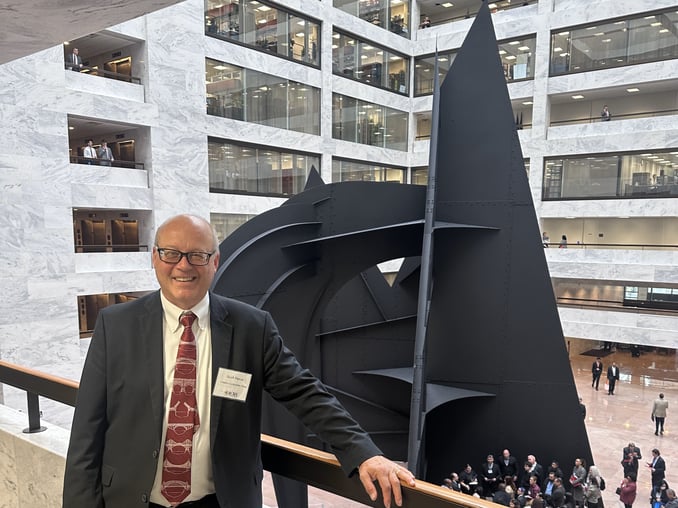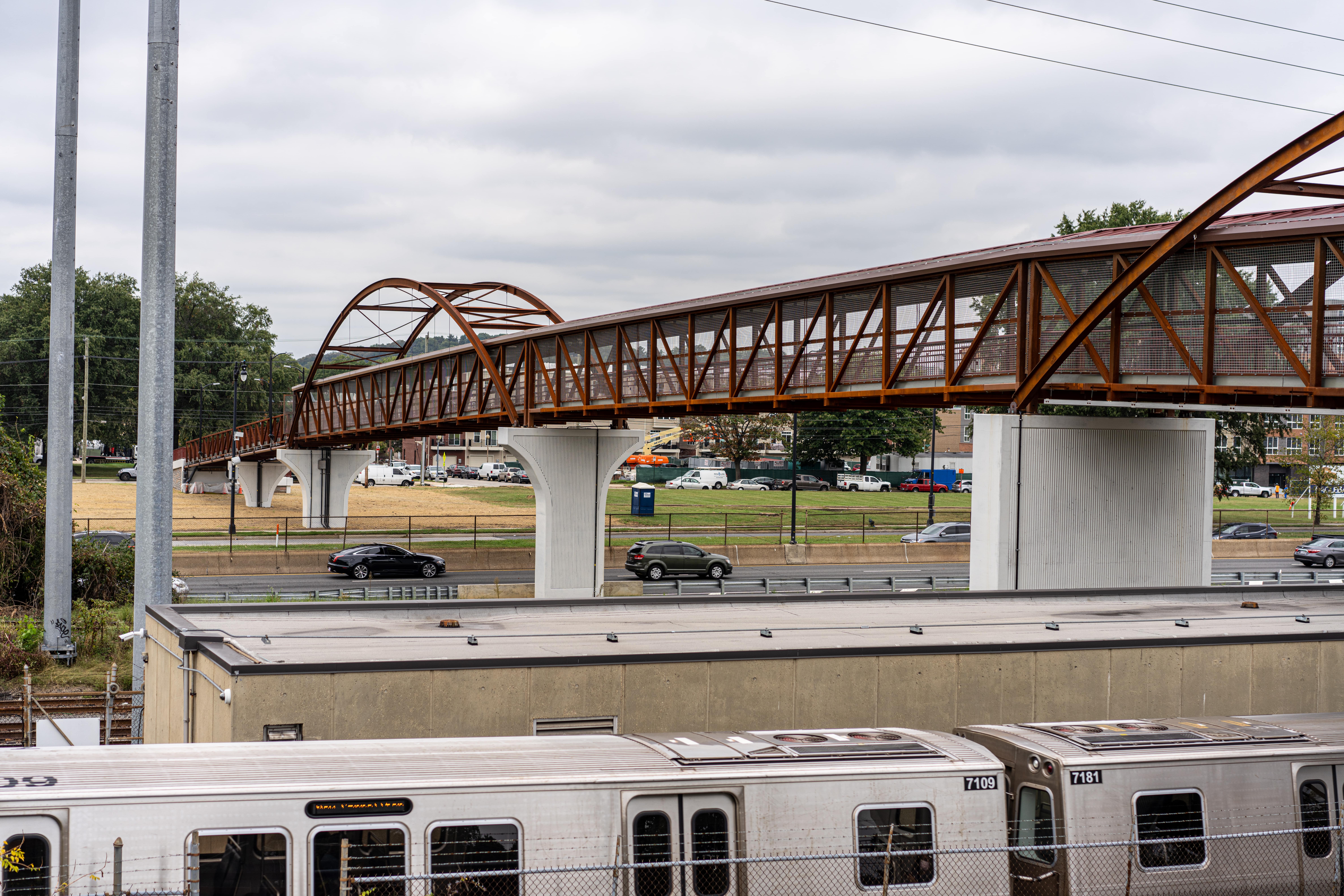
The American Composites Manufacturers Association (ACMA) recently held its eighth annual Composites Fly-In. More than 60 members of the composites supply chain joined forces to visit Washington DC and raise awareness before members of Congress about the value Fiber Reinforced Polymer (FRP) composite materials bring to the nation’s infrastructure. In an effort to “divide and conquer,” composite company representatives broke up into teams and visited representatives of both the House and the Senate. Special attention was paid to the districts and [49] states where composite manufacturers and suppliers reside. The meetings centered around three key messages.
Water
The Water Resources Development Act currently being drafted by both House and Senate Committees is a comprehensive legislative package that provides for the conservation and development of water and related resources. The U.S. Army Corps of Engineers (USACE) is working diligently to incorporate FRP composites in its projects where the material’s performance benefits can extend the life of waterway structures. This new legislation would provide critical funding for USACE projects.
It's important that our officials understand the importance of composites to waterway infrastructure, especially in light of the role that water transportation plays in the country’s economy. The legislation has bipartisan support so the composites community is optimistic it will pass.
Environmental Product Declarations
Environmental Product Declarations (EPD) calculate a product’s carbon footprint and global warming potential. In future infrastructure applications, the environmental impact of a product will be included in procurement requirements. The Environmental Protection Agency (EPA) has a grant program dedicated to developing baseline information for EPDs. During the Fly-In, team members asked for political support for a portion of grant funds to help establish general information about composites that could be used standardized and used across the industry. Creative Composites Group (CCG) is already developing EPDs for some of its products due to the range and scope of the material’s substantial benefits to the environment.
Training
Continued education also continues to be a key category for FRP. Discussions in Washington centered around expanding the use of College 529 savings plans to include trade school and technical training certifications. While other education paths may prove to be a better fit for some people, those alternatives are not yet clearly defined for parents who are starting 529 plans for their children.
According to statistics released April 1, construction spending slumped 0.3 percent in February. Public construction spending, most of which occurs at the state and local levels, dropped 1.2 percent. Spending on highway and street construction, the largest portion of total spending, fell 1.6 percent but remains 18.5 percent higher than a year ago. Increased demand for housing, surging electrification needs and manufacturing construction incentives are expected to drive growth in the construction sector in 2024.
As a participant of the Fly-In, it was interesting to get a closer look at federal government activities—both good and bad. It was also important to remind our elected officials that we are watching and will hold them accountable.
